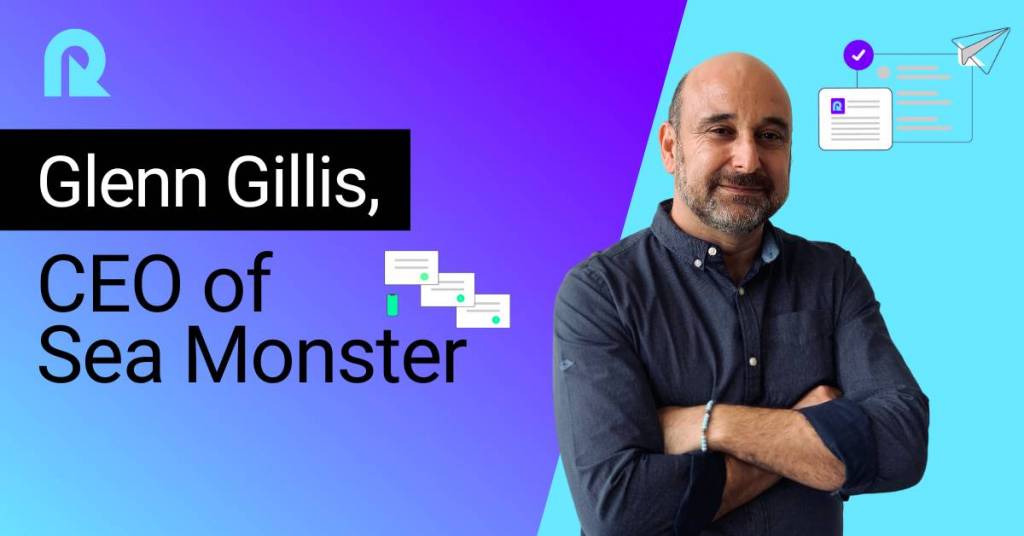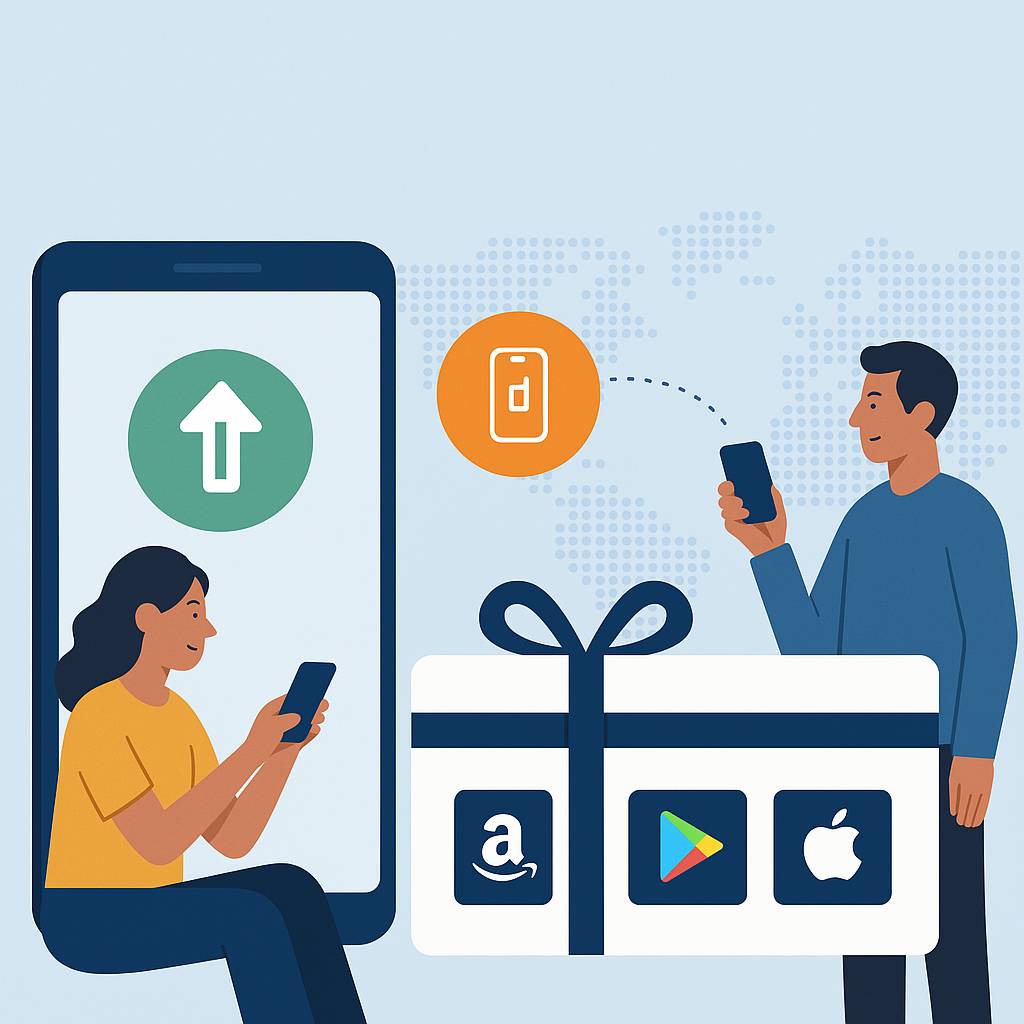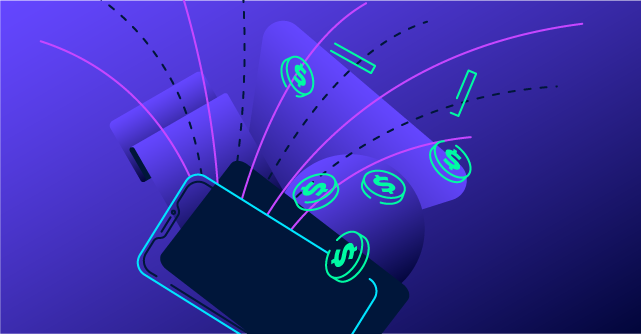What can be more fun than playing a free online video game and being rewarded for it? As it turns out, the use of a smartly co-branded gamification loyalty program can be a massive hit that brings a customer’s loyalty experience to the next level.
In search of a way to reward customers with an outside-of-the-box experience, South African retailer Ackermans teamed up with the Disney franchise to launch a unique customer loyalty campaign with the help of Cape Town-based Sea Monster, a gaming and animation studio that has pioneered gamification rewards and customer recognition programs in this region.
The campaign resulted in a milestone for user engagement that few expected — an average of 5.8 sessions per user, averaging 4.5 minutes per session, and a 95% redemption rate for vouchers and mobile airtime rewards.
Ackerman/Disney quickly discovered that games solve a perennial marketing challenge that is universally clear: high customer engagement doesn’t come easily, and social media interaction is increasingly fickle. But a gamified customer experience inherently uses “voluntary activity” to increase engagement, making online games a potent brand loyalty strategy within today’s digital marketing mix.
Sea Monster set out to provide the Ackermans/Disney team with a gamification strategy that puts the user experience first, aiming for high-frequency return visits of gameplay that are connected to customer loyalty programs featuring rewards that the target audience would find valuable.
“We were allowed free-reign to not only drive in-store visits and to gather feedback on products for their e-commerce store, but also to provide that value back to their customers in the form of vouchers (redeemed in-store) and airtime (redeemed on the go),” says Ynze de Jong, Product Manager of Sea Monster’s Lighthouse gamification platform, which combines quiz game mechanics, mini-games, leaderboards, check-in functionality and other game incentives to reward and connect customers to a business.
Importantly, Sea Monster made a concerted decision that would greatly impact customer retention — let the user decide which reward they most want, either the retail voucher or airtime and data credit.
“We want the customer to have lots of choices because when they have a choice they reveal something back to us,” said Glenn Gillis, CEO of Sea Monster.
In exchange for free entertainment and resulting rewards, gamers offered valuable market info back to Ackermans/Disney in the form of personal data, which, for example, showed that airtime and rewards were popular at the end of the month, while voucher demand peaked at the holidays.
This was to be only the tip of what Sea Monster endeavors — using unique gamification techniques to build lifetime value for brands and their customers.
To support this mission, Reloadly provided a plug-and-play solution for integrating mobile airtime rewards. Its platform, which allows seamless connections to over 800 telcos across the world through one endpoint, also acted as a market knowledge base for Sea Monster when it came to understand where the mobile airtime and data credit would be most valuable.
To dive deep into this case study, we interviewed Glenn Gillis at Sea Monster to ask him more about his success at gamification loyalty programs, what specific actions his team took and how gaming has now become a default part of marketing strategy dialogues at large brands.
You can also watch the below video to get an overview of the Ackerman campaign.
[Are you also interested in finding a way to quickly send out mobile airtime and data rewards to multiple markets? Contact the Reloadly team to learn more, or sign up to a no-contract account to access our API.]
First off, why do you believe gamification loyalty programs are such powerful tools for brand engagement today?
GILLIS: Games are a serious instrument within the modern marketing mix today. They are an incredible way to engage customers through voluntary activity. Afterall, the opposite of games is called work, which is why they’ve got to pay us to do it.
And if you think about where marketing has gone today, it’s really about this exchange of value – give the customer something, and they’ll give you something back, including in the form of customer data and repeat purchases.
Over the past 11 years, Sea Monster has built over 80 serious games that are made to drive marketing or social outcomes. We’ve always believed that games are more than just pure entertainment; they can be considered a very serious tool to shape behaviour change at scale.
What are the business benefits of gamified loyalty programs? And how do you do it?
GILLIS: All large brands have reward schemes, usually in the form of cashback or other rewards such as discount vouchers. They also typically run a lot of competitions for these rewards programs. In those competitions, users give back their time and personal data. However, those two things are not necessarily linked. One is run by the loyalty department and the head of data, and the other is run by marketing.
Our platform essentially ties that all together. It’s an invisible layer at best that sits on top of whatever rewards scheme you have, and it gives you a way to run different campaigns that are super quick to make happen. So the campaign has lead times of weeks – not months – is data driven and keeps the user at the center of that experience.
So, what was the secret sauce behind the massive engagement seen in the Ackermans/Disney gamification loyalty program?
GILLIS: We had a 95% voucher redemption rate with the Ackermans/Disney campaign for rewards worth about 5 euros each. It’s not a lot of money, but the point is that the customer worked for it and got rewarded.
In the case of this campaign, the brands really wanted to give better value back to the customer. And we made it as easy as possible for them to do that. The idea is that, if I give you a sense of belonging and community, you’ll come back on your own.
With the Ackermans/Disney campaign, we saw 5.8 sessions per user, averaging 4 and a half minutes per session. So here is what we can do for a brand — dramatically lower the cost of acquisition.
The open secret is that Facebook and Google are basically making brands reacquire their own users. So, to get around that, for brands that use this gamification loyalty program, all they do is acquire users once, bring them into the gamification rewards platform, then re-engage them an average of a full five times at no additional cost, and then they are redirected to a store or to the in-app rewards or to whatever the business objective is.
Instead of what would be two or five seconds of an impression on Facebook, a gamification program can give you almost 15 minutes of brand exposure instead. And that’s because people want to spend time where they are being valued and being entertained, as well as a place where they find it quick and easy to redeem the rewards when they want them.
That’s a massive value proposition to any brand in the world.
What led you to make airtime and data key rewards in the campaign?
GILLIS: Reloadly knows where the percentage of prepaid is very high in each market across Africa, Latin America and many other regions. So they’ve already done the work, and this knowledge acts as an indicator that we can come and add value because if prepaid is at a very high percentage in a certain market, it means data and airtime are precious, which means people are going to see it as a good reward.
Airtime rewards are particularly better than just sending an SMS message. We’ve found that if a brand is sending an SMS marketing campaign to these customers, in all likelihood, click through rates are very, very low. Now we can solve that because, again, our gaming platform lowers the cost of acquisition and results in reengagement multiple times.
In essence, give us your time and attention, and we will value that, allowing the customer to then choose how they want to get rewarded. We can offer you airtime and data, we can offer you vouchers – and it’s up to you as the customer to decide.
We want the customer to have lots of choices, because when they have a choice they reveal something back to us in that process. This kind of marketing feedback is very valuable.
For example, at the end of the month, many people really need airtime and data. As we get closer to Christmas, the demand for vouchers and discounts increases. Also, something about this user journey is very empowering for the customer. They have a sense of agency that allows us to get this valuable feedback at a massive scale with absolutely no admin and overhead. We can just switch it on, switch it off, add the budgets in and we’re off and ready to deliver.



